Nestle Cost Accounting: Pricing Strategies and Financial Analysis
VerifiedAdded on 2023/06/03
|20
|699
|225
Case Study
AI Summary
This case study provides an analysis of Nestle Corporation Limited's cost accounting practices, focusing on primary and secondary data sources for costing. It examines Nestle's pricing strategies, including skimming/penetration pricing, value-based pricing, competitor-based pricing, and cost-based pricing, using a research design that involves questionnaires, interviews, and surveys conducted in Bulgaria. The study highlights the importance of effective cost accounting for management, investors, and consumers, and discusses the calculation of unit costs, different types of costs (fixed and variable), and the components of a master budget, including operating, cash, static, financial, program, flexible, and capital expenditure budgets. The findings aid Nestle in making informed financial decisions, developing appropriate pricing strategies, and accurately evaluating pricing determinants, ultimately guiding the company in its budgeting processes. This document is a student contribution to Desklib, a platform offering study tools and resources.
1 out of 20
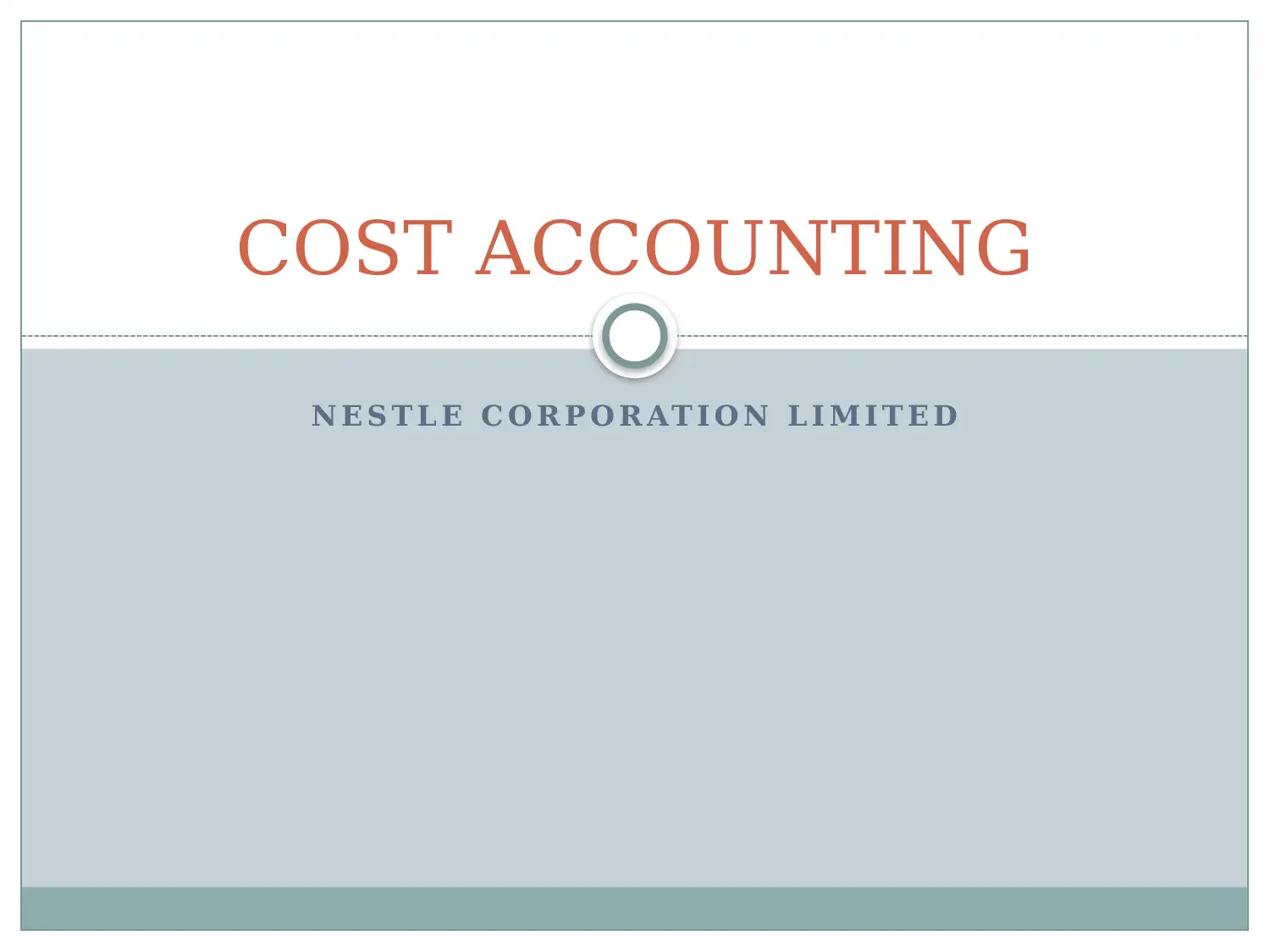
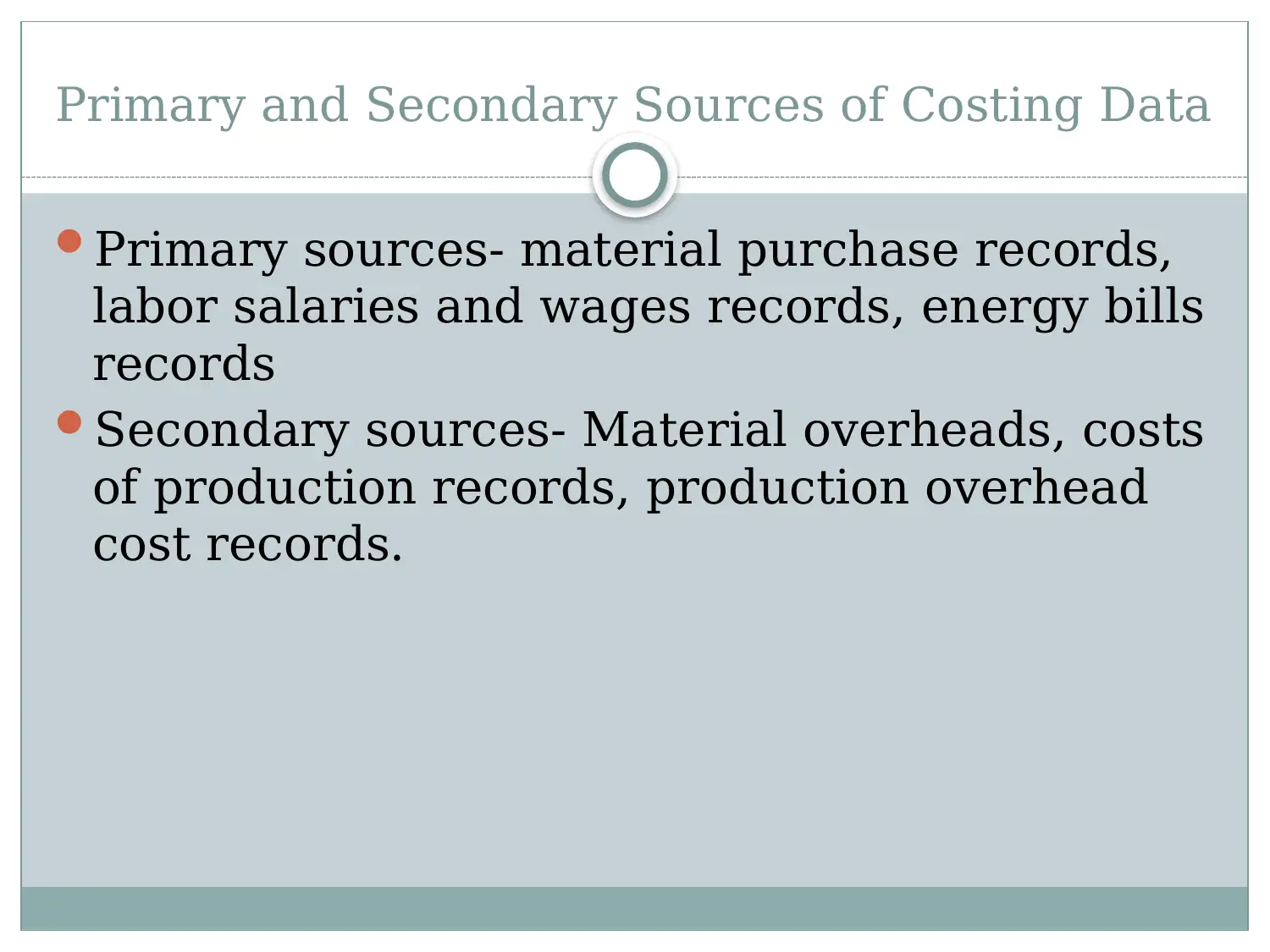
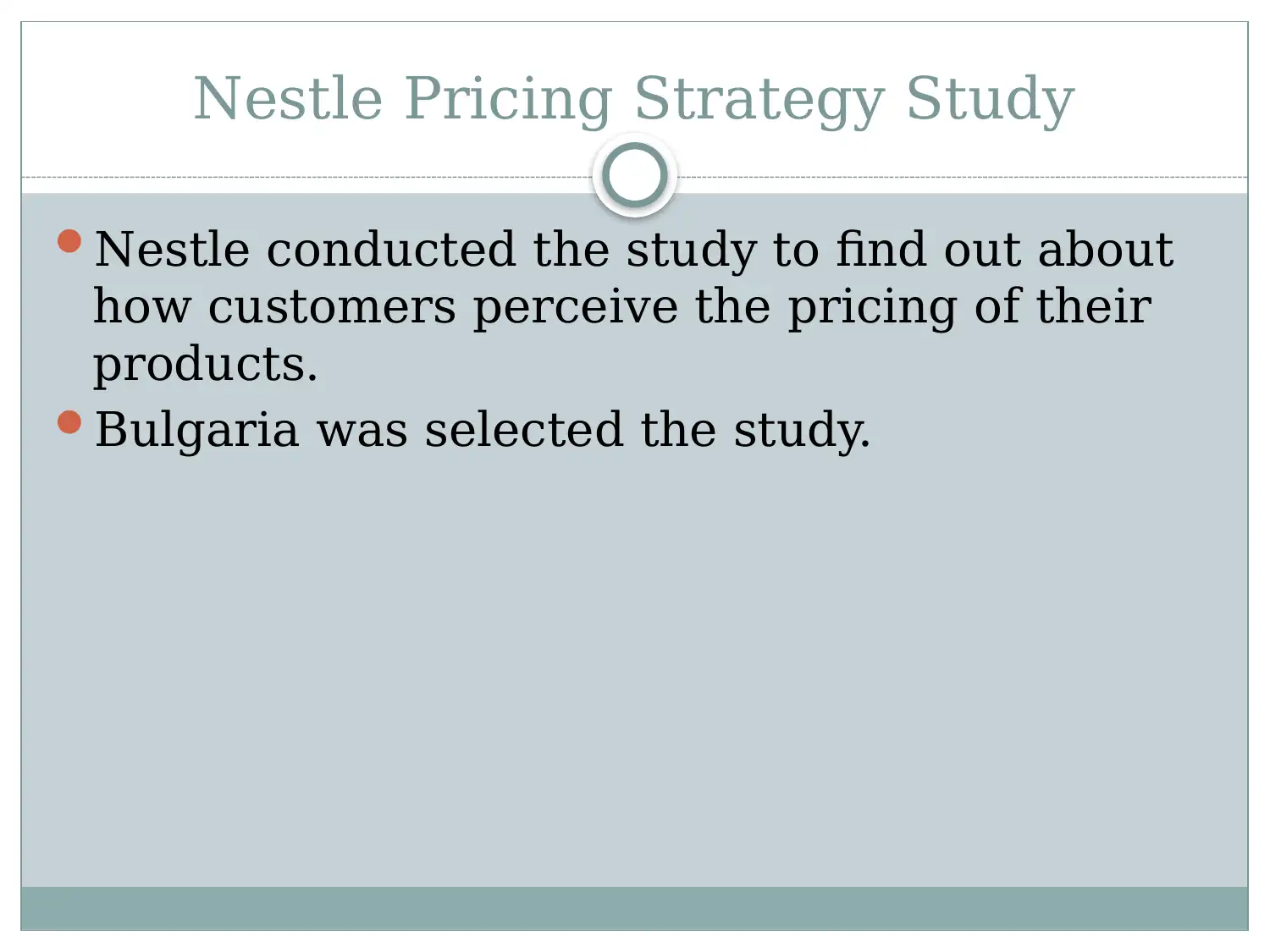

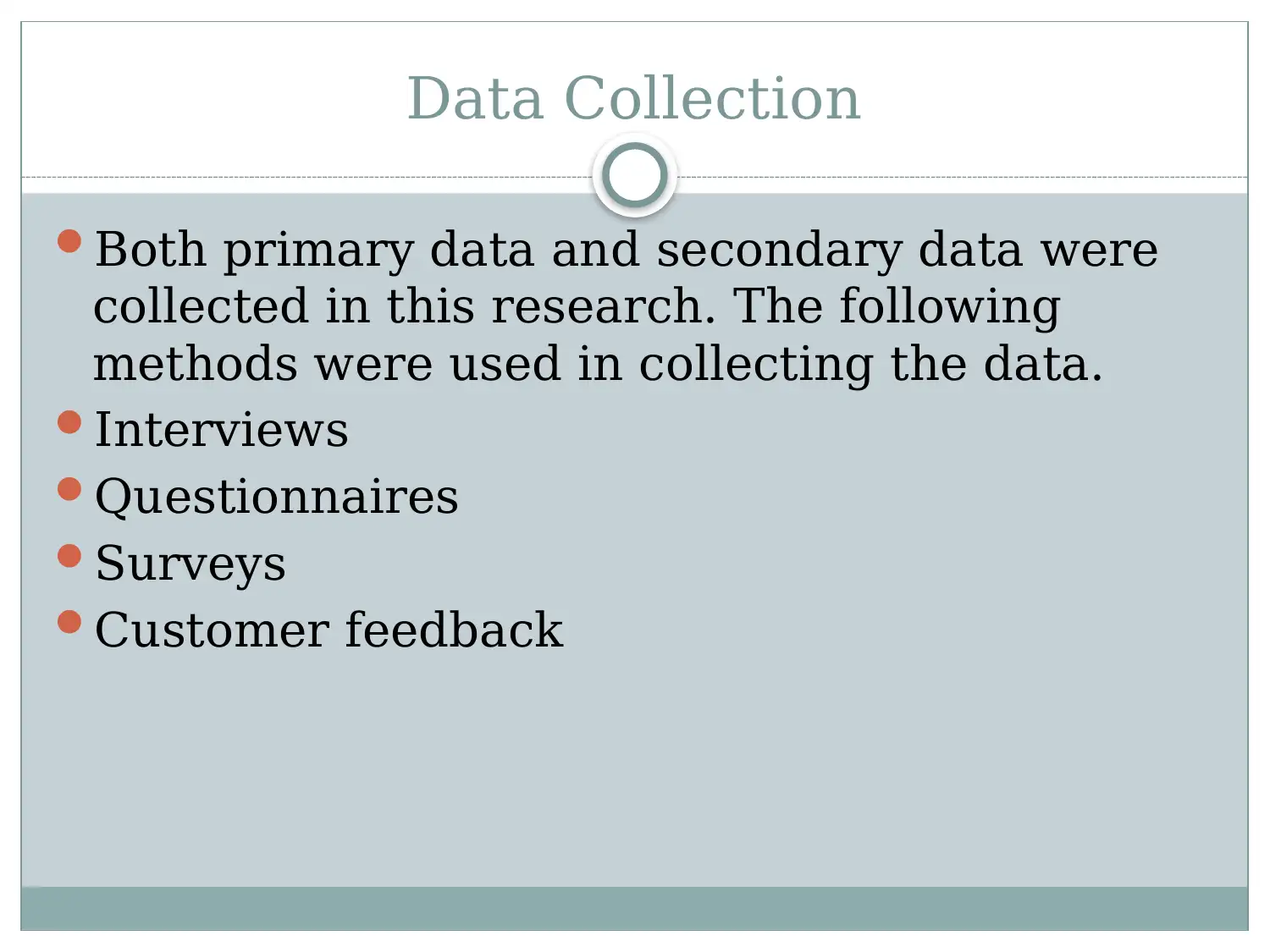
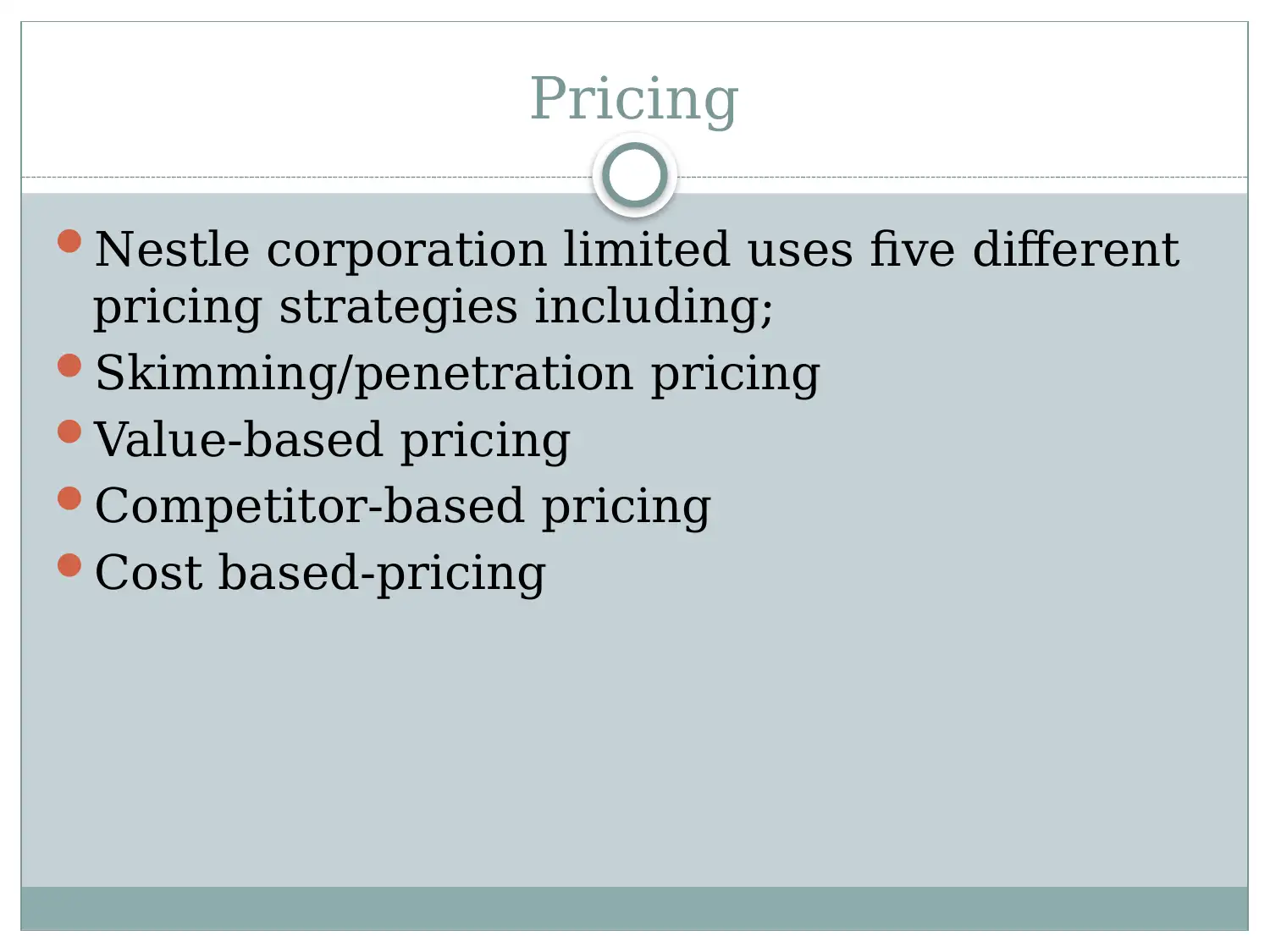
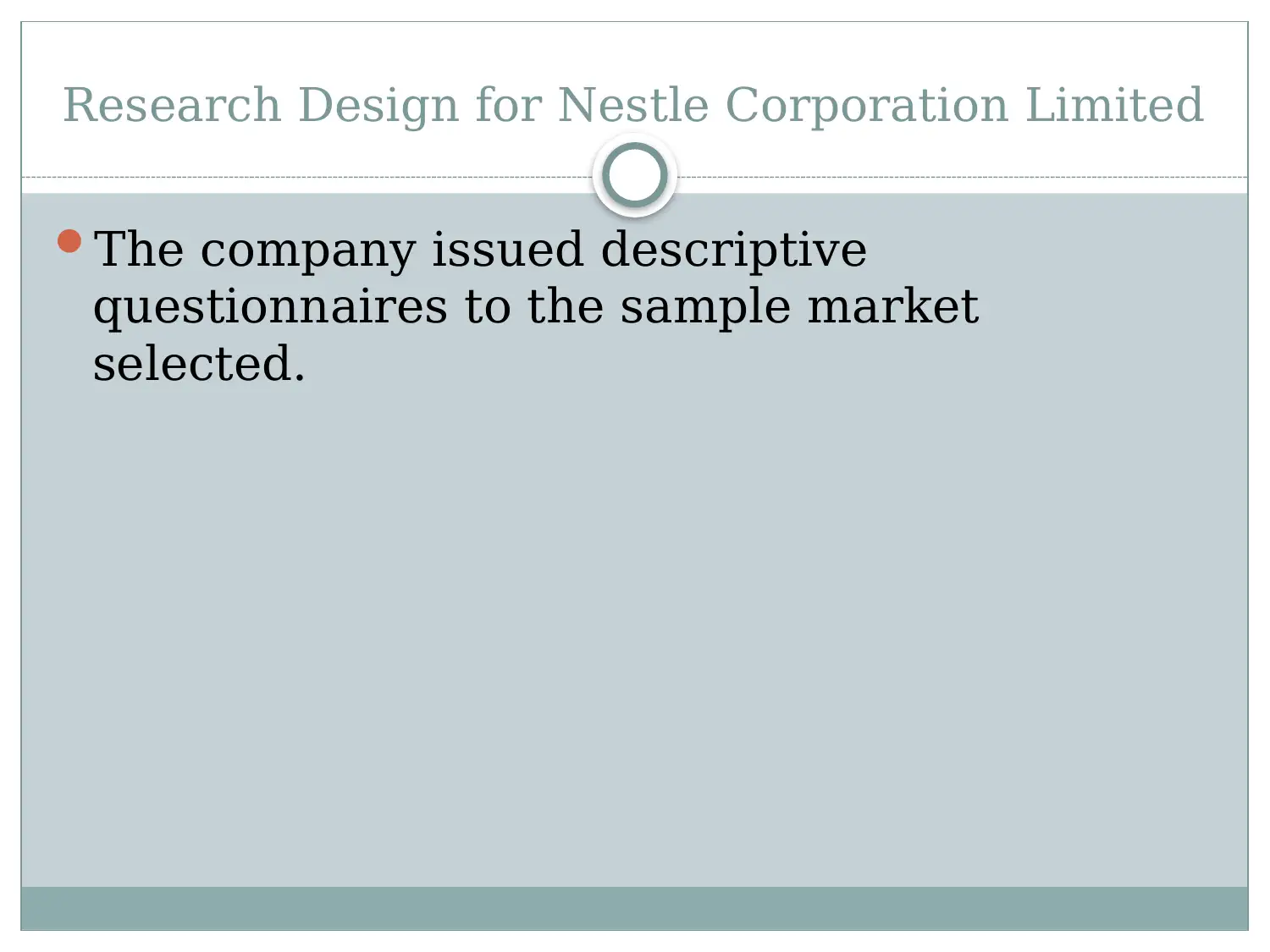
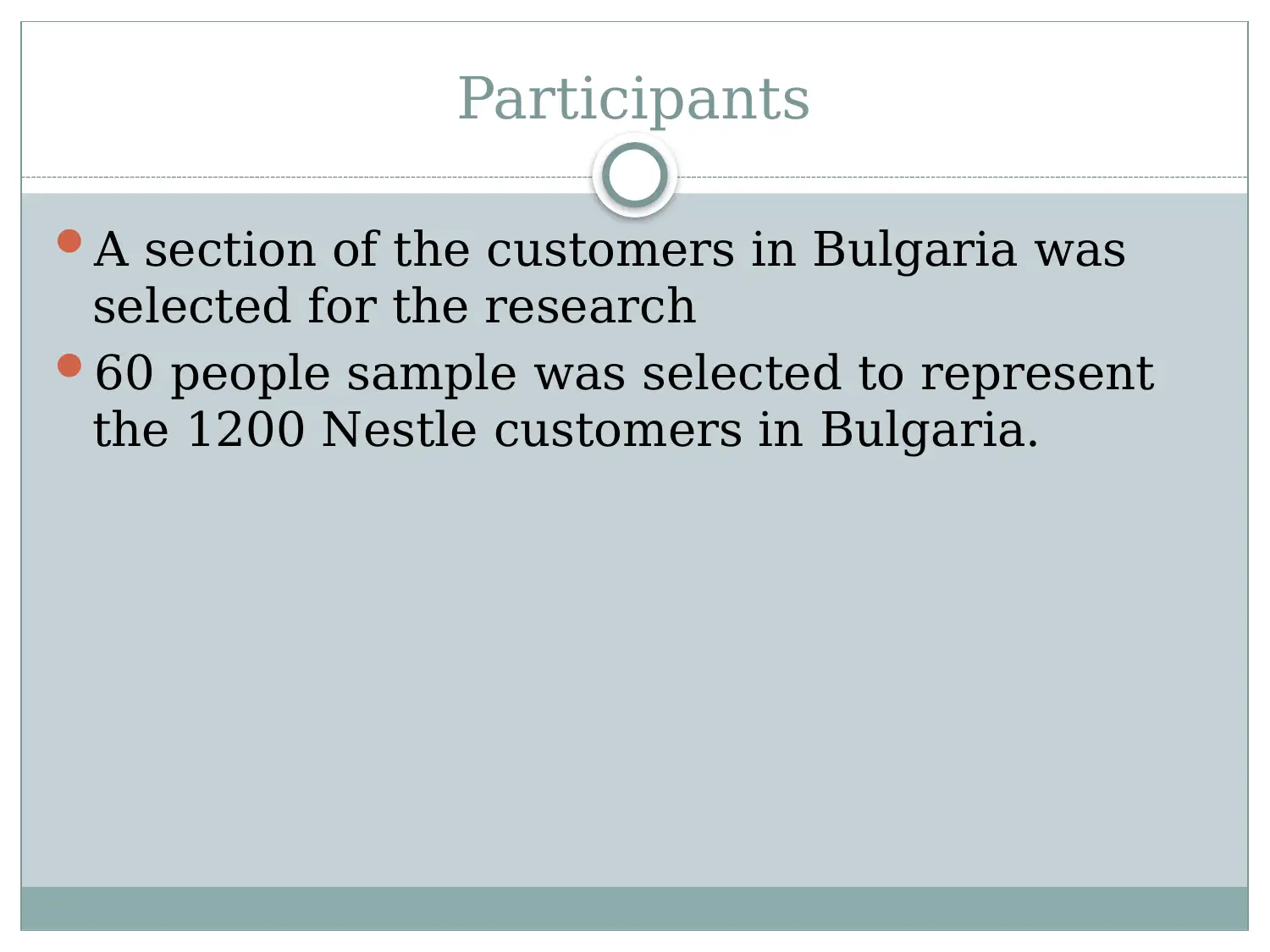
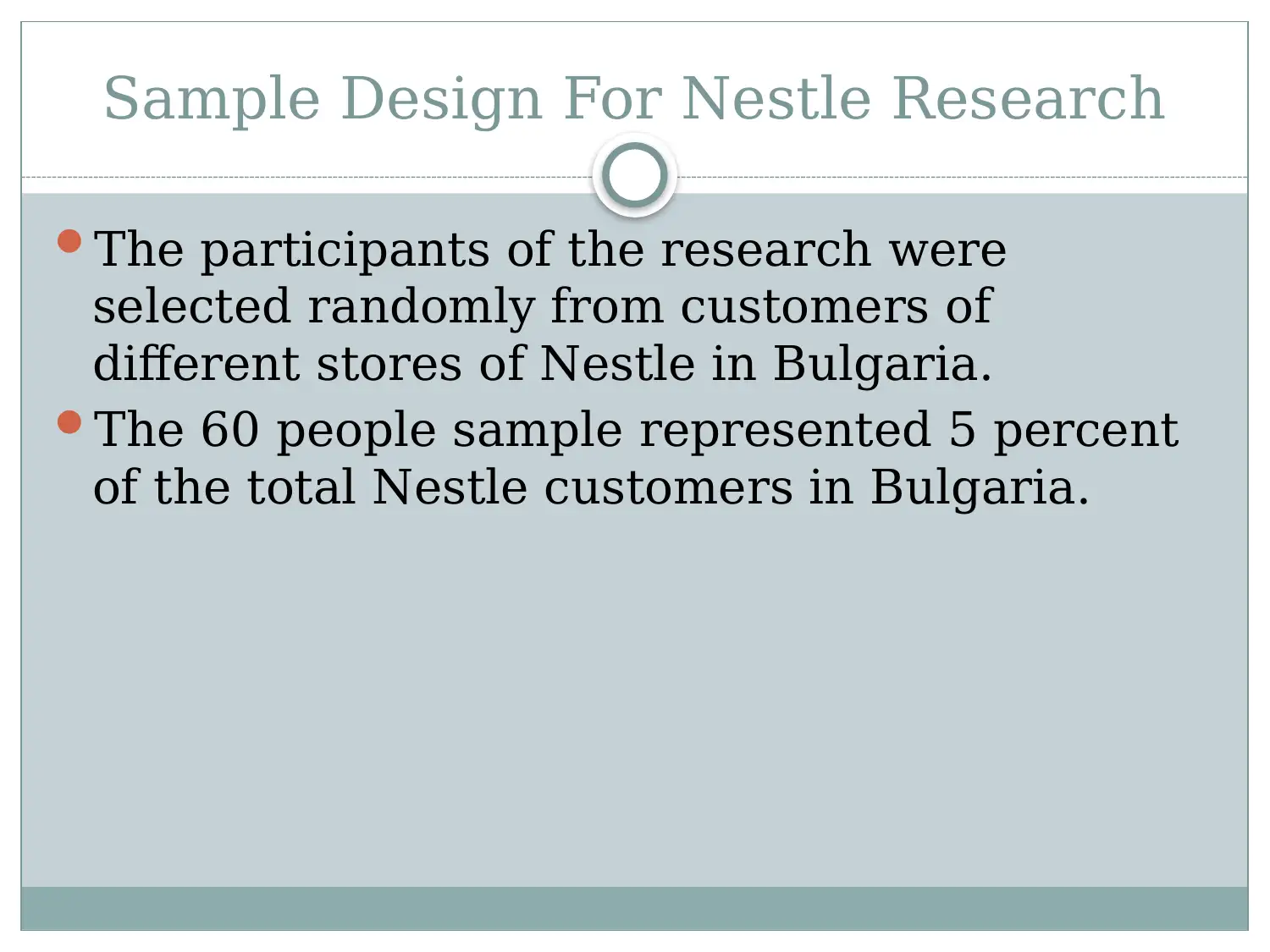
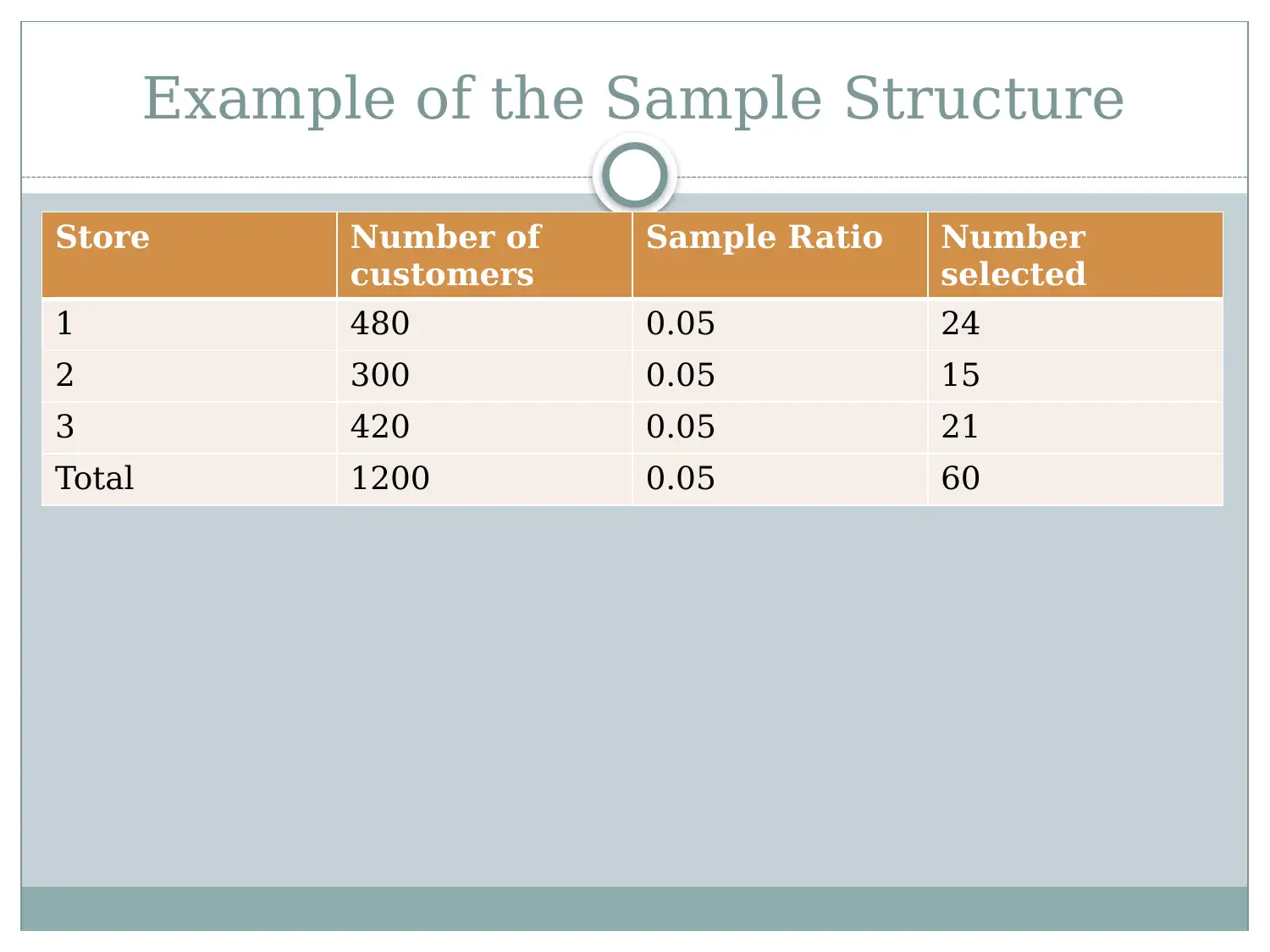
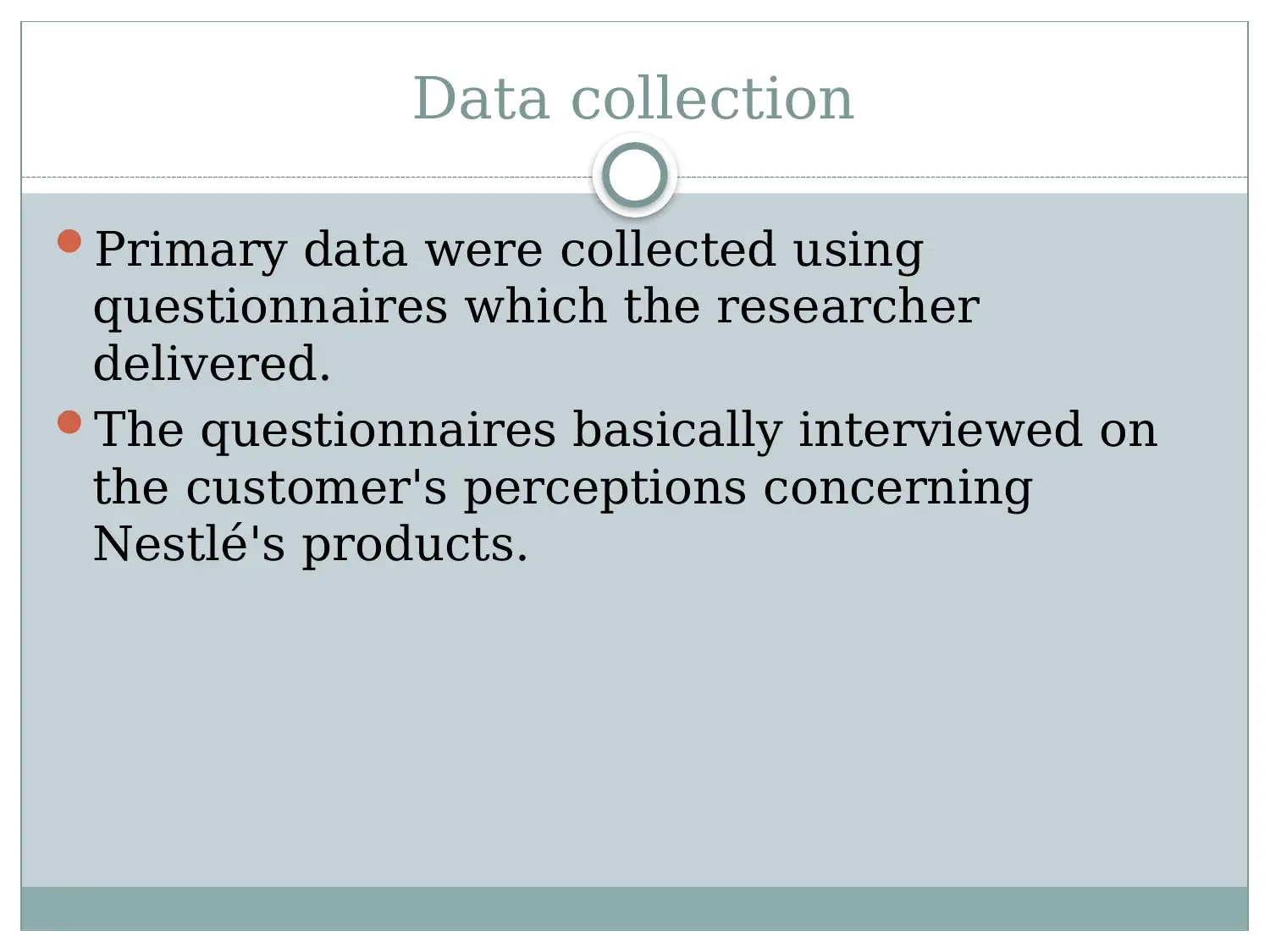
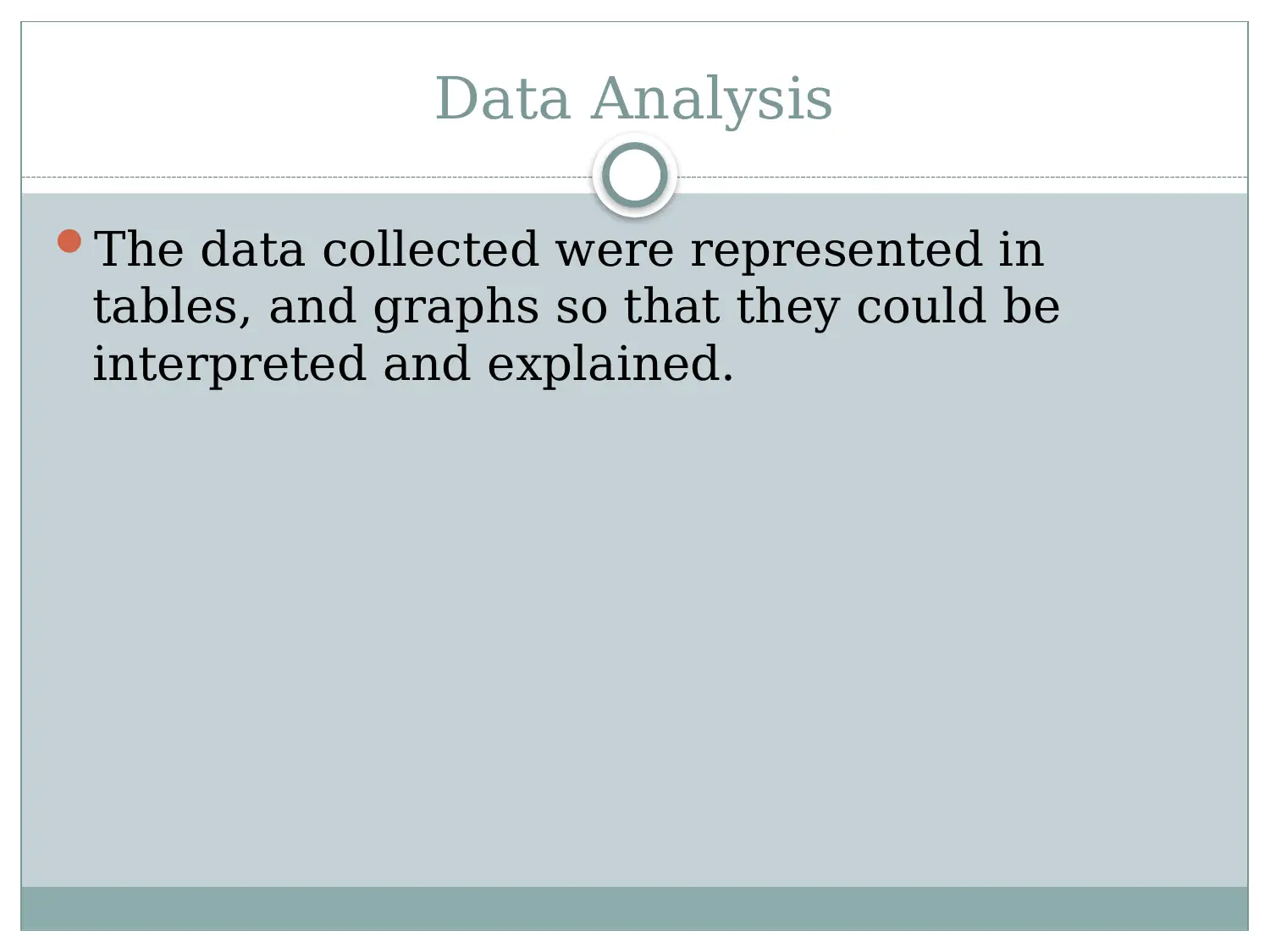







![[object Object]](/_next/static/media/star-bottom.7253800d.svg)